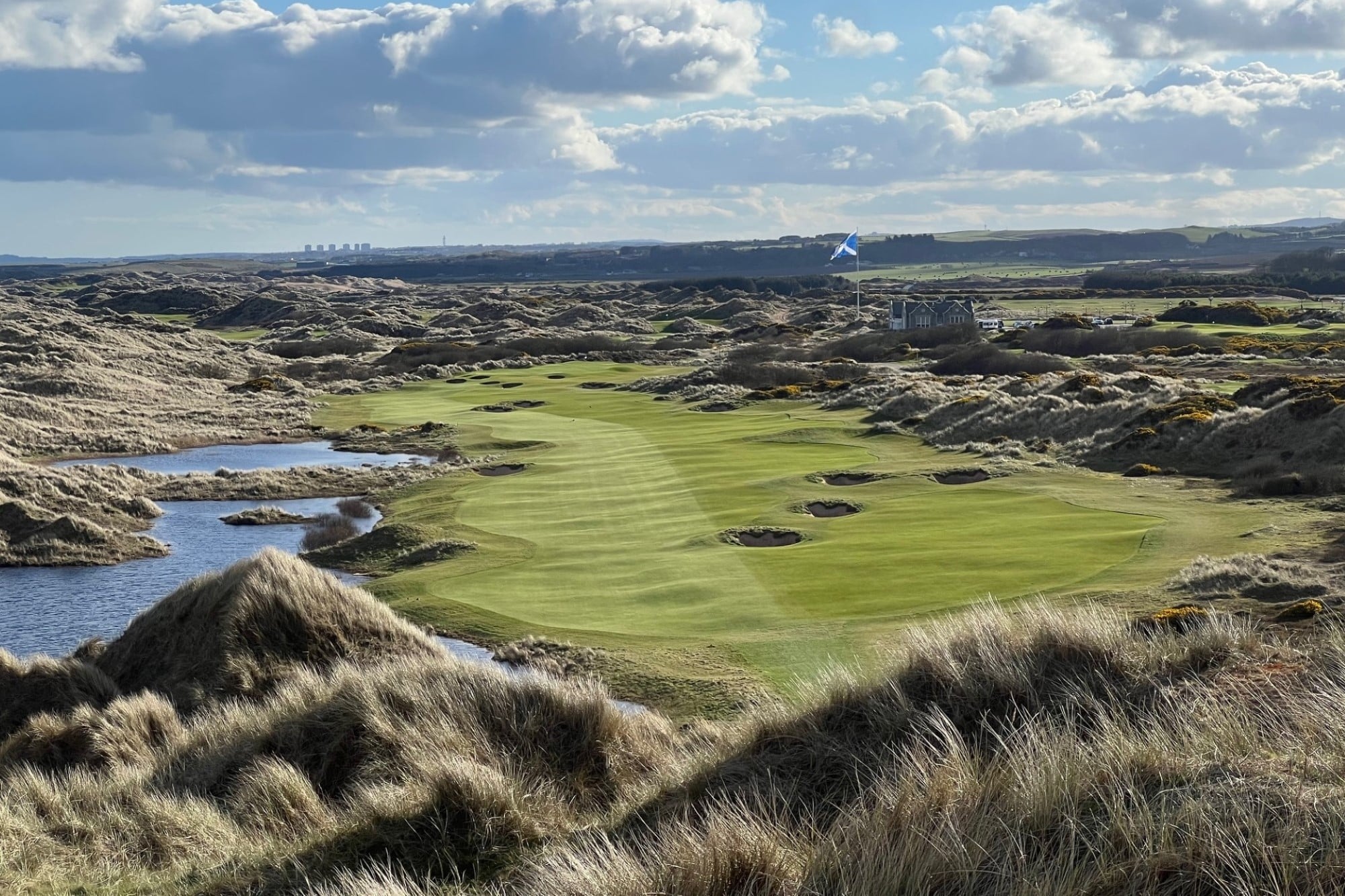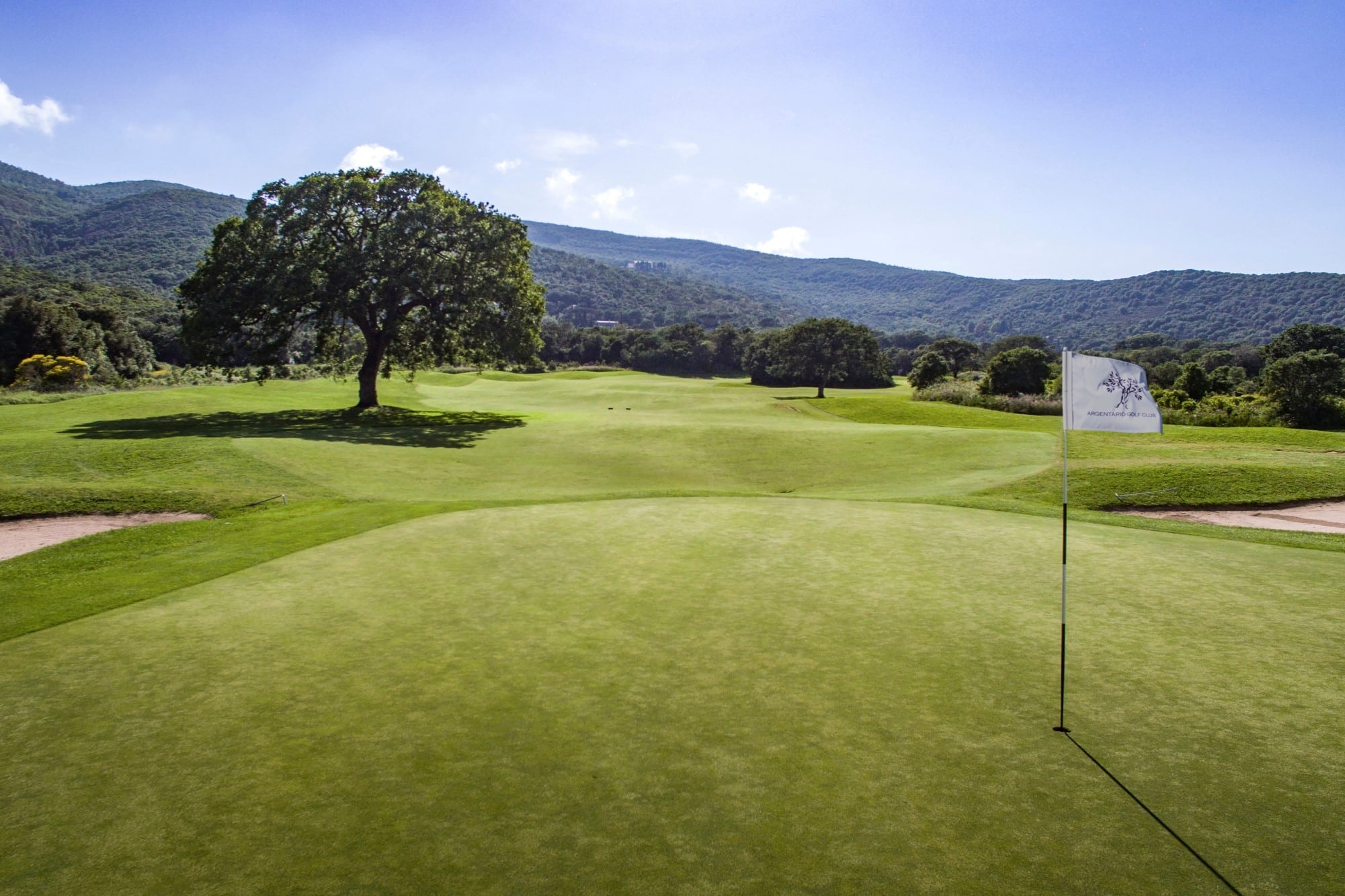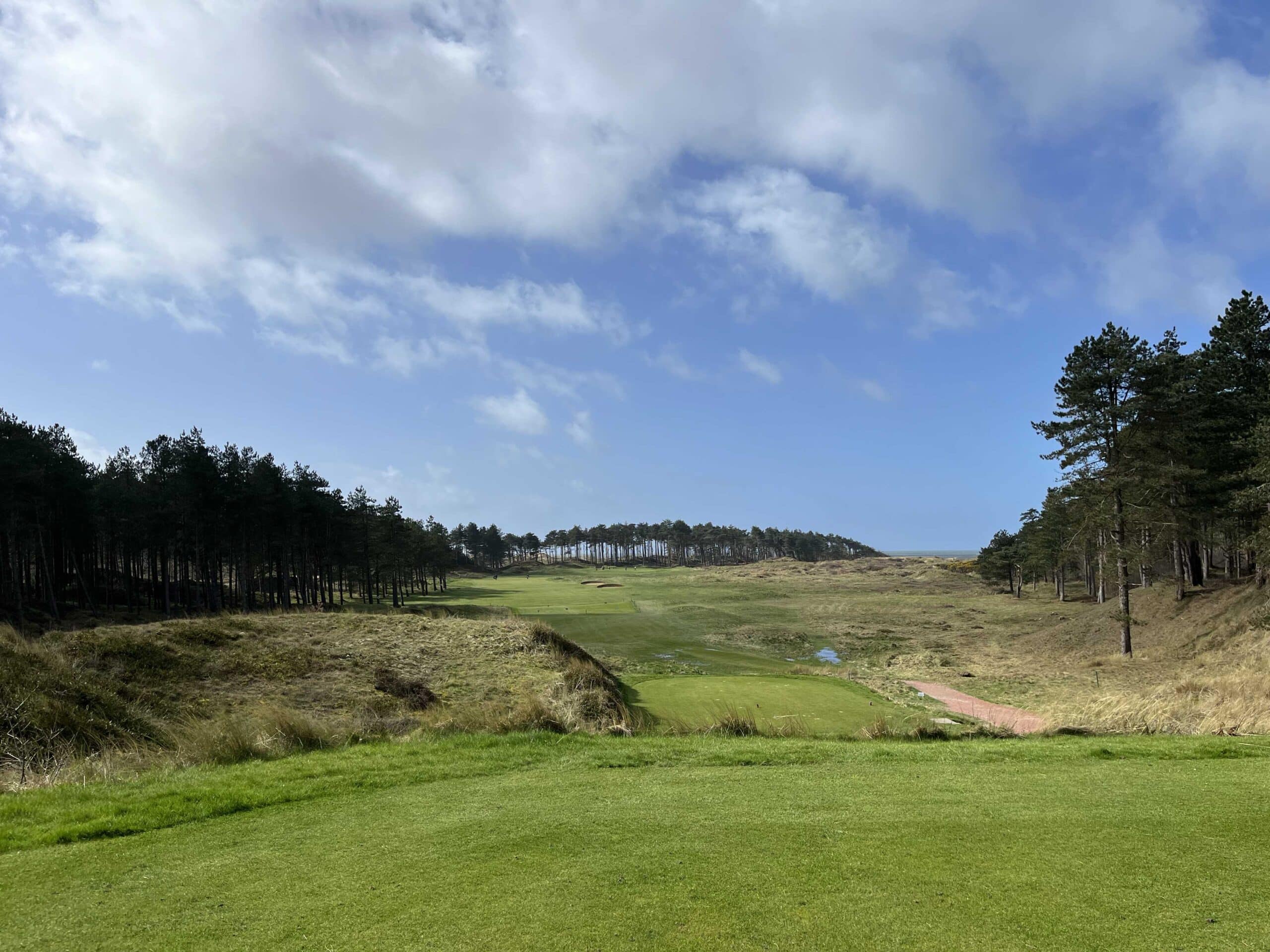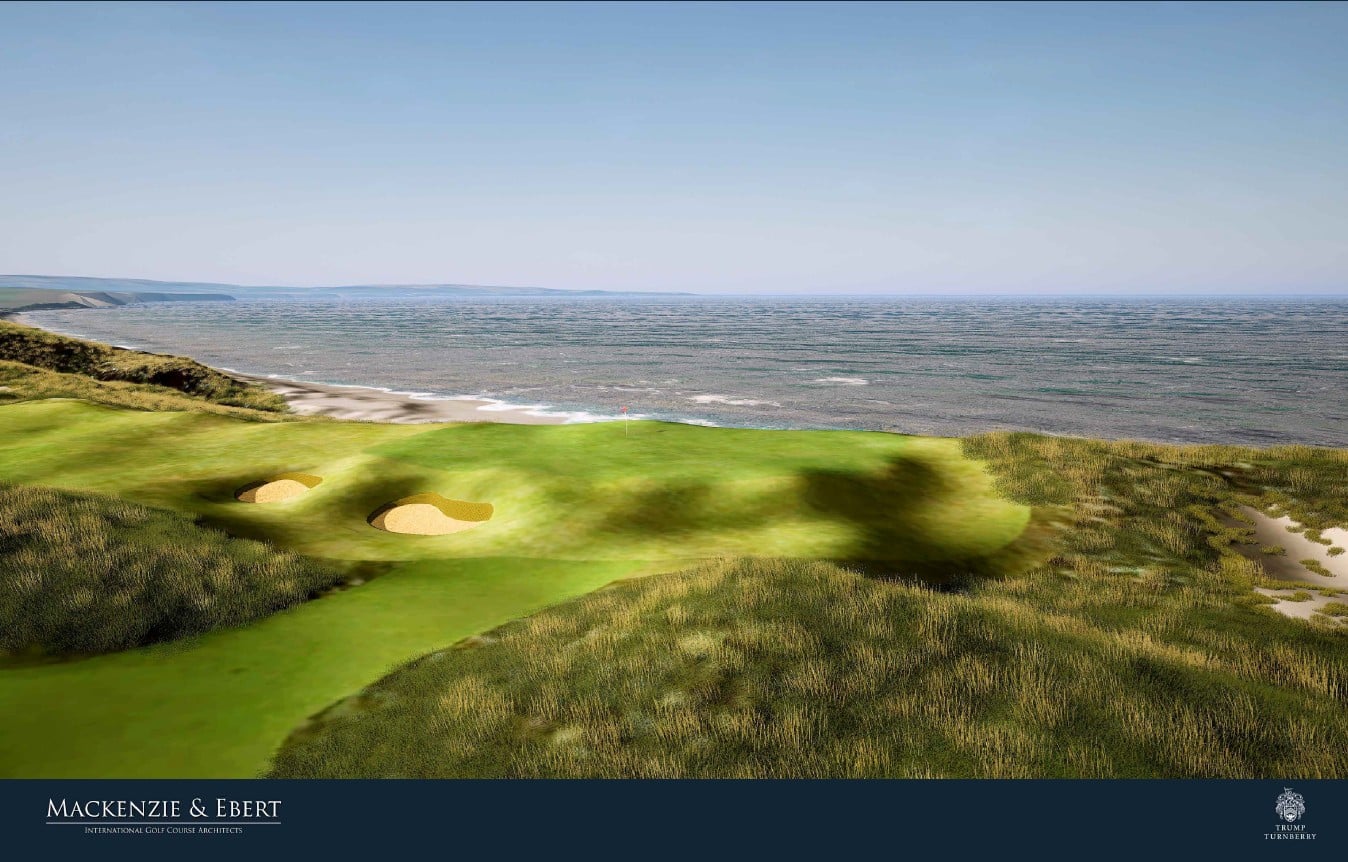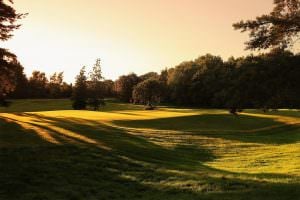Richie Ramsay: “Less is more. Design doesn’t have to be extreme”
The first thing I must say is that I don’t think the modern architect’s job is easy. With the gap between elite players and club golfers being bigger than ever, designing a course that suits both – if the owner has pretensions of hosting a tour event – is probably close to impossible.
That said, there are times when I play a modern course and there are as many as five holes that you look at and think ‘can you actually tell me what you were doing there?’
For example, if I know the prevailing wind is an easterly – and you should know that too – why have you built a green with a slope in the same direction, with humps and hollows in it. So in the summer when it is firm, if the wind gets up the ball is going to move.
These are very basic things.
People say the Old Course is the template for design. Well, the Old Course has huge areas that are relatively flat. Yes, there are a lot of slopes that you get caught out by if you lose the angle, but you can’t suddenly create huge slopes on greens when the hole is 490 yards.
The best players in the world are maybe hitting 4-iron in there, so the amateurs are hitting 3-wood. It doesn’t make it any fun for anyone – it is just a slog.
So playability is a big thing for me and I disagree with Brandel Chamblee’s recent comments that today’s architecture is too much influenced by old courses.
I understand that some courses need to have certain aspects like slopey greens but I don’t understand why they have to make it so hard. It is tough to get people involved in golf these days and, yes, you have to make some courses that test the best players, but I look at some of the set-ups a 15-handicapper will face and they will just always struggle with them – often especially how the greens are.
In many ways the best way to make courses harder just for the pros playing that one week of the year is set-up. If you’ve got a 7,800-yard course and it is soft, it doesn’t matter where in the world it is, the scoring will be low. Have it firm and fast and the scoring never goes low because it punishes poor shots.
On the historic courses there are also always options. Often that will mean a risk and reward element; taking a driver to leave yourself a short iron into a green but by doing that it brings into play a pot bunker or you’re running through a corner or there’s a burn.
There was a great example of that at Carnoustie at the 2018 Open. It is a tough course and you saw how many different clubs were being used off tees depending on the wind or slopes. So there was a huge amount of strategy involved because there are a lot of bunkers you can be caught in.
If you challenge them there is a reward, but you can get penalised at the same time. Tiger and Molinari coming down the last with the Open on the line summed it up perfectly. Both took driver and pitched it almost level with the trap, but from there they made the hole so much easier.
The historic courses all look very natural too. They probably had the greater choice of land which obviously helps but they didn’t have the resources – money, machines, time – to move much earth, so they did it in a way that was very natural and flows to the eye.
Those old courses are for me still the best courses today. Some of the new architects just don’t get ‘it’.
Less is sometimes more for me. That’s a theme that I have noticed in the better modern courses. It doesn’t have to be extreme.
So Gil Hanse is probably one of my favourite designers if not my favourite. He just gets it…starting with little things like no carts paths and enjoying the walk.
He did a really good job at Castle Stuart with that piece of land. Yes, it was built to a particular model with wider fairways for the wide range of visiting handicaps that would play it. But he allows you to use angles to help you feed your ball coming into greens if you need to. There is a lot of playability with that course despite the high winds it gets.
It’s one I like and Kingsbarns is another. The huge money spent moving that land around was well spent. Modern courses can be good.
• Three-time European Tour winner Richie Ramsay is sponsored by Stitch, Titleist, Craig Group, Carbon Financial, Aberdeen Drilling, Metrol and Dionach.
• View the NCG top 100: Scotland’s best golf courses


